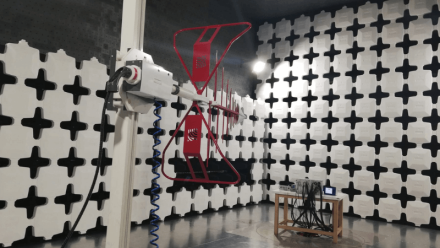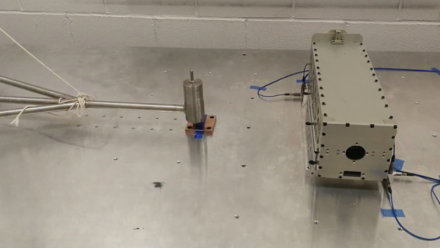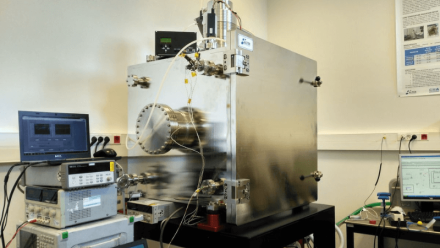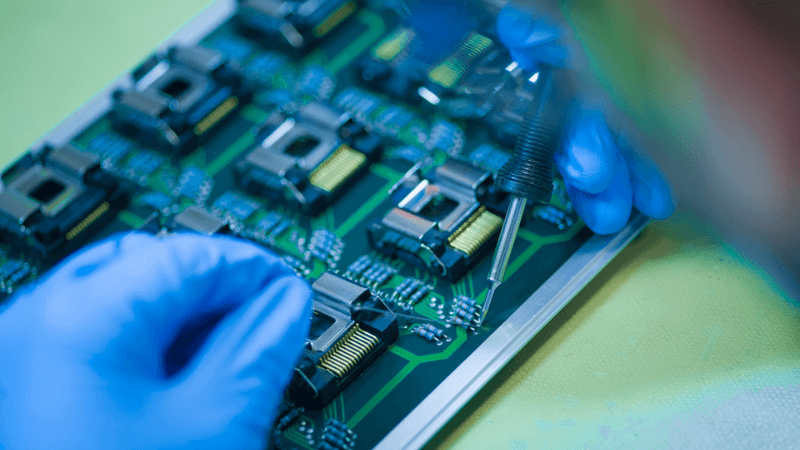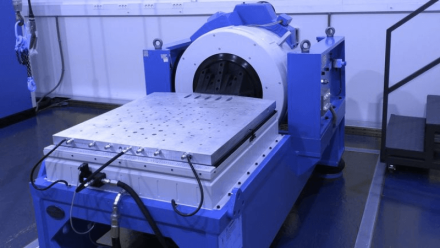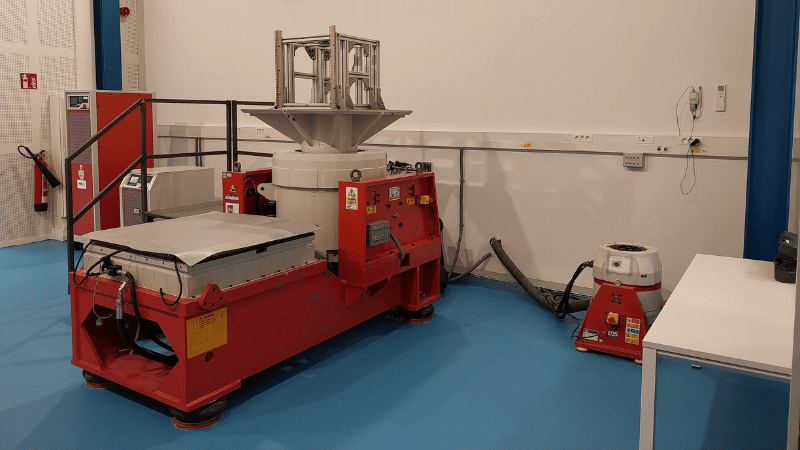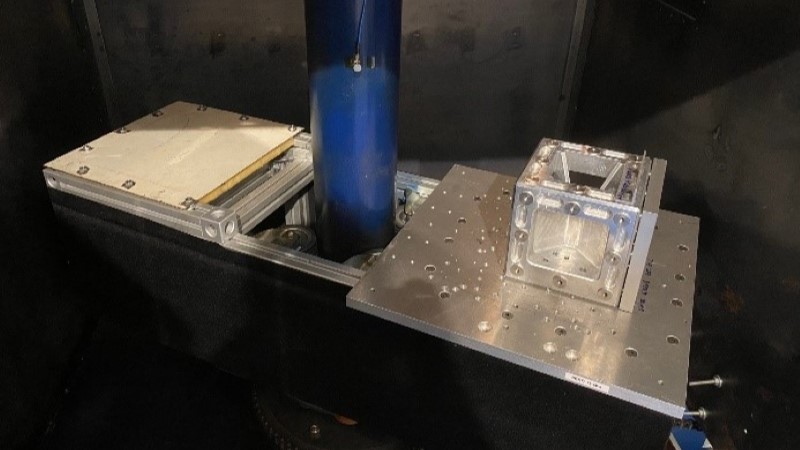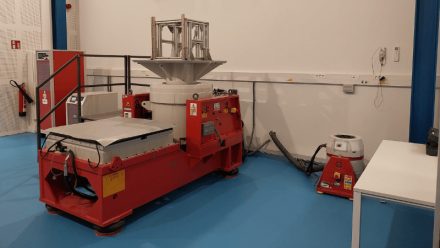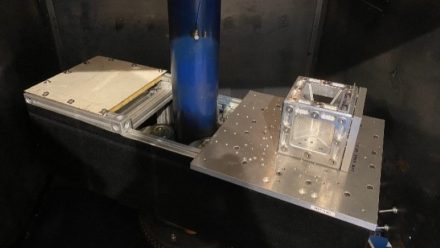ALTER offers all equipment-level small sats testing activities
We work the new space through the small sats testing, improving your time to market and at a lower cost, contributing to the cost-effectiveness of the manufacturing process.
New Space has become a space revolution within the market, bringing new challenges, where small sats revolutionize how space is used. ALTER offers all equipment-level small sats testing activities that are carried out to put any spacecraft into orbit. Small satellites are spacecraft with a mass of less than 500 kg, although we can find some satellites with a lower threshold. They fall into three categories: nanosatellites with 1 to 10 kg mass, microsatellites with 10 to 100 kg, and minisatellites with a group between 100-500 kg.
ALTER test laboratories devoted to Small Satellites have received the statement for compliance
The statement of compliance is according the requirements of ECSS-Q-ST-20-07C as tailored from ESA-TECQQ-TN-024614 issued by the European Space Agency (ESA) ECSS-Q-ST-20-07 standard sets the quality and safety requirements for space test centres.
ALTER has adapted its test facilities to the demands of New Space to provide the test activities required to put a small satellite into orbit: thermal vacuum test facility, clean area, vibration, shock test facility, and electromagnetic compatibility laboratory.
Small sats testing improves time to market at a lower cost, contributing to the manufacturing process’s profitability and ensuring the spacecraft’s reliability, securing the mission’s success.
First ESA-recognized Laboratory for Small Satellites below 500kg
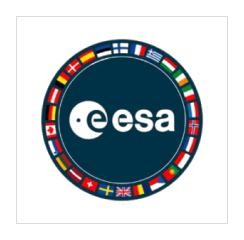
If it’s flying, ALTER has participated
DEIMOS NEPTUNO
Execution of Static Magnetic Field (SMF) test and PFM test campaigns
Neptuno is a demonstration mission by the consortium DEIMOS SPACE, DHV, and AEORUM which objective is to contribute to shipping surveillance by using Automatic Identification System (AIS) and artificial intelligence to detect anomalous navigation patterns that might be indicative of criminal activities. Neptuno includes a lighter structure made by 3D printing. Neptuno was launched on June 20th, 2021, in LEO orbit.
The European Regional Development Funds (FEDER) funded Neptuno within the Programa Operativo de Crecimiento Inteligente 2014-2020 by Spanish CDTI. It also had support from ESA for the launch phase through the GSTP FLY program.
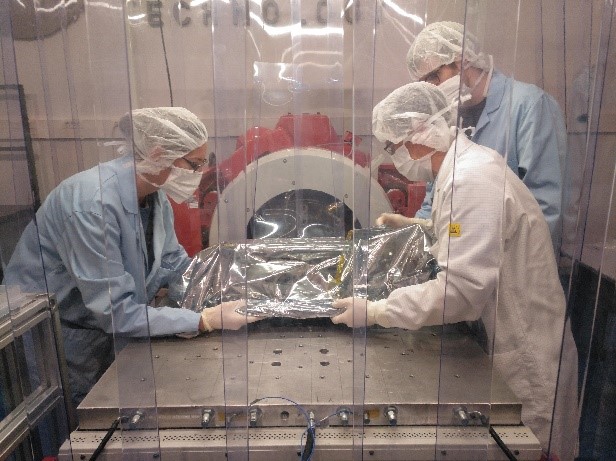
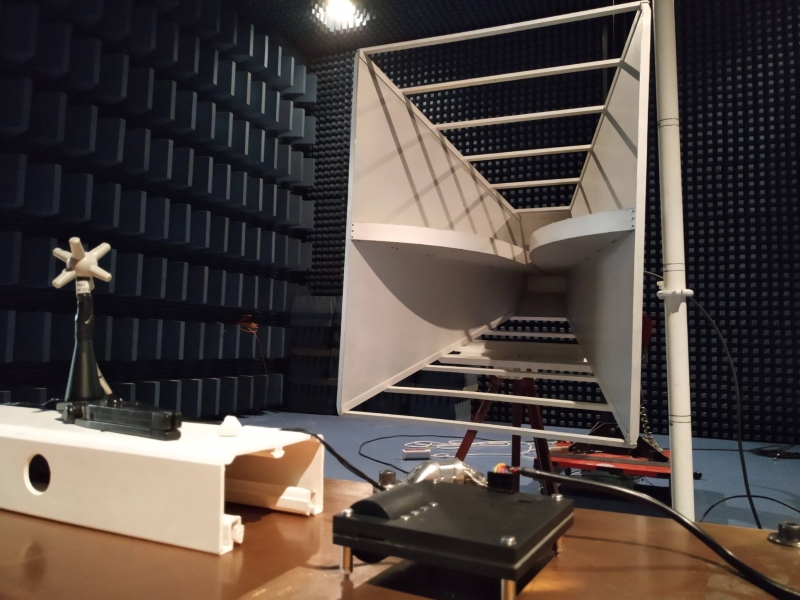
Universidad de Cádiz – Melisa III
Execution of an entire test campaign, including SRS, Vibration Testing, EMC Electromagnetic Compatibility and Thermal-Vacuum
MELISA-III is an In-Orbit demonstration/Validation (IOD/IOV) experiment developed at the University of Cádiz (UCA) and selected by the European Space Agency (ESA) and the European Commission under the H2020 Programme. The technological developments in the MELISA-III experiment aim to validate a compact magnetic measurement system for its usage in future space-based gravitational wave detectors, such as the LISA mission (ESA).
The main objective of MELISA-III is the in-flight sub-milli-hertz noise characterization of a set of magnetoresistive sensors with dedicated electronic noise reduction techniques. MELISA-III will be accommodated onboard a 6-Unit CubeSat platform by ISISpace together with two other selected experiments.
SATLANTIS iSIM-170 and iSIM-90
Execution of EMC Electromagnetic Compatibility, Thermal Vacuum and Vibration Testing
iSIM-170 and i-SIM-90 are optical payloads for small satellites with unprecedented performance.
They have been fully developed by SATLANTIS. They cover VIS and NIR spectral ranges. iSIM-170 was installed on the International Space Station in 2020 and iSIM-90 will be installed in Q4 2021 also on the ISS.
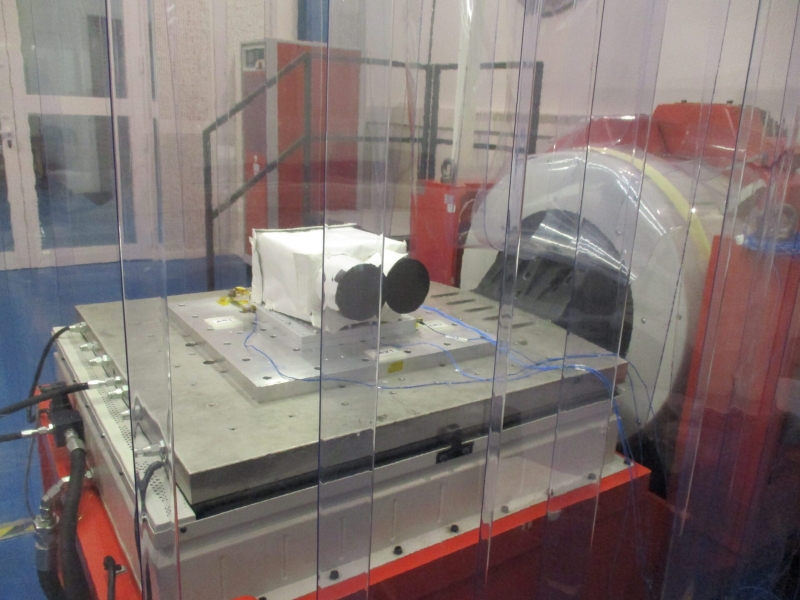
Tech content about Small Sats
Get in touch now
Do you have questions? Contact us!

